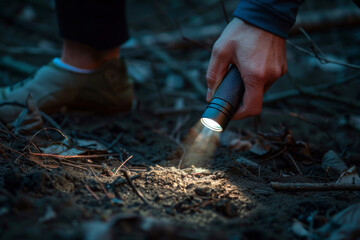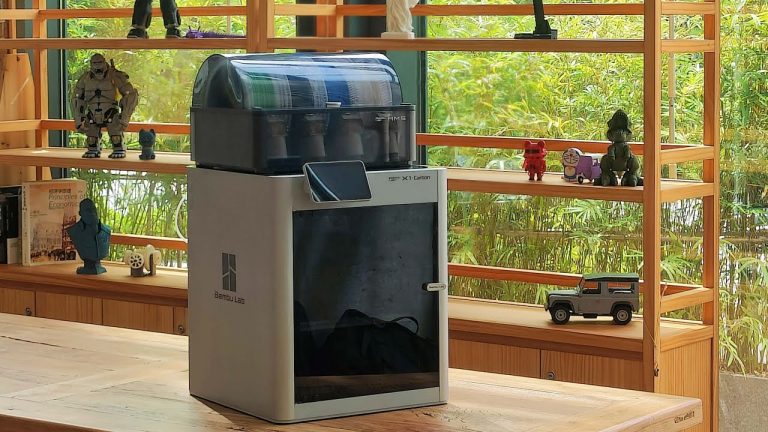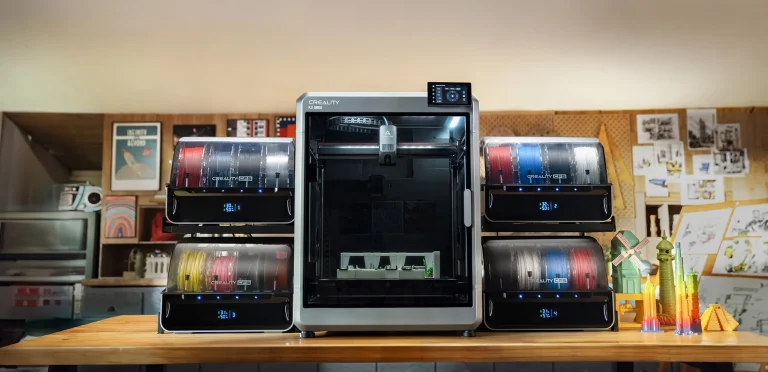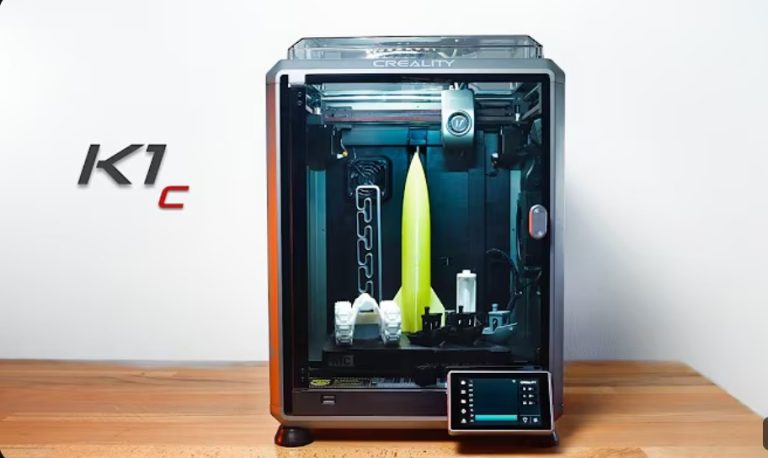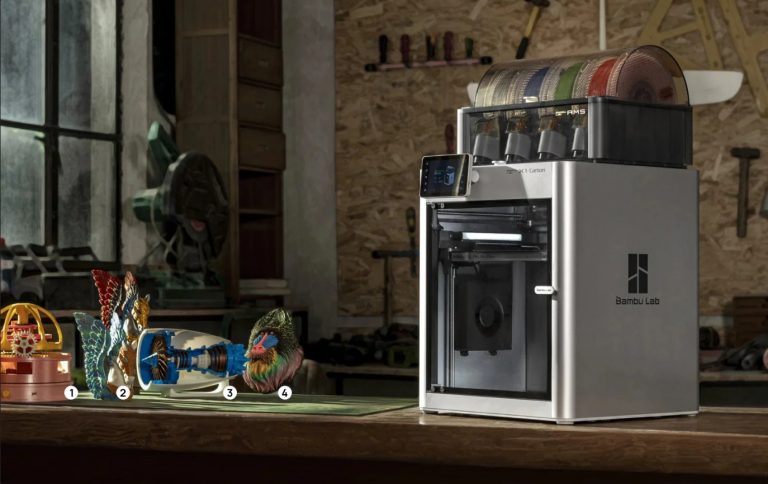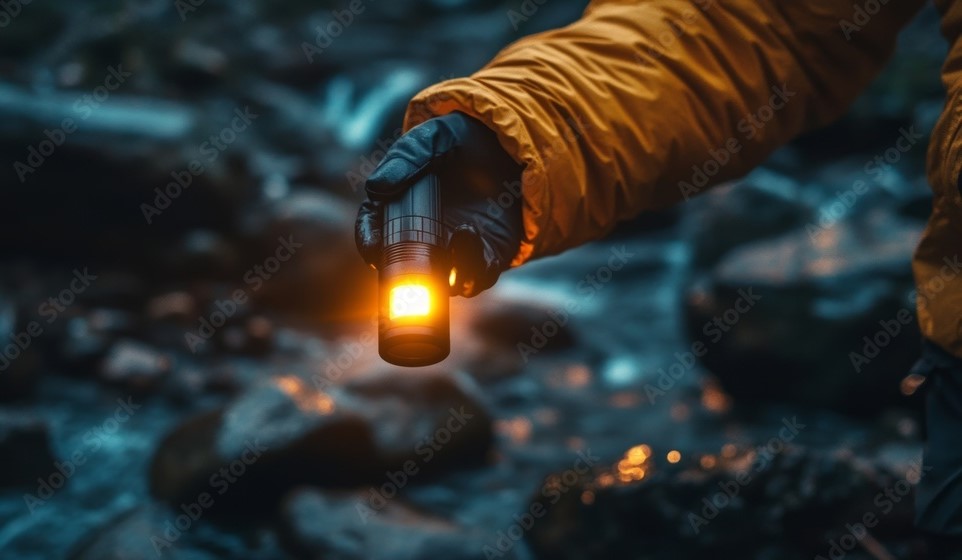
When the sun goes down, the right flashlight becomes your best trail companion. Whether you’re heading out for a peaceful solo hike under the stars or tackling a rugged trail with your group, visibility and safety depend on your lighting gear. In this guide, we’ll walk you through everything you need to know to choose the perfect flashlight for night hiking, from brightness and beam type to weight, durability, and battery life.
Why You Need a Specialized Flashlight for Night Hiking
Many people assume any flashlight will do for hiking, but that’s not the case. A flashlight designed for night hiking provides:
- Improved trail visibility without blinding others
- Hands-free options for ease and safety
- Lightweight, compact design for comfort
- Long battery life to last the whole trek
Ordinary household flashlights often lack the beam range, power efficiency, and rugged construction needed for outdoor adventures.
Key Features to Look for in a Night Hiking Flashlight
1. Brightness (Lumens)
Brightness is measured in lumens. For night hiking, the ideal range is:
- 100–300 lumens for walking easy trails
- 300–600 lumens for moderate to difficult terrain
- 600+ lumens for rugged, unmarked trails or group lighting
Pro Tip: Too many lumens can create excessive glare and reflect off dust or fog. Use adjustable brightness settings.
2. Beam Type and Distance
- Flood beam: Best for close-up tasks and wide trail coverage
- Spot beam: Ideal for long-range visibility and spotting wildlife or trail markers
- Adjustable (zoom/focus): Offers the best of both worlds
Look for a flashlight with a beam distance of at least 100 meters if you plan to hike unfamiliar or uneven terrain.
3. Battery Type and Runtime
- Rechargeable (USB-C or Micro-USB): Environmentally friendly, cost-efficient
- AA/AAA batteries: Easy to replace on long hikes, great as backups
- 18650 or 21700 lithium-ion batteries: High capacity and long runtime
Runtime of at least 4–8 hours on medium mode is ideal for most night hikes. Choose a flashlight with a low-battery indicator.
4. Size and Weight
A good night hiking flashlight should be:
- Compact (under 6 inches)
- Lightweight (under 6 oz)
- Easy to grip, preferably with anti-slip design
If you’re using trekking poles or carrying gear, consider headlamps or clip-on lights as alternatives or supplements.
5. Durability and Weather Resistance
Look for these certifications:
- IPX4 or higher: Splash-resistant
- IPX7 or IPX8: Submersible, for wet weather or creek crossings
- Drop resistance: At least 1 meter
Aluminum alloy or reinforced plastic bodies are best for rugged use.
6. Red Light Mode and SOS Features
Red light helps preserve night vision and avoid startling wildlife. An SOS strobe mode can be a lifesaver in emergencies.
Flashlight vs. Headlamp: Which is Better for Night Hiking?
Flashlight Pros:
- Stronger beam and range
- Easier to direct light exactly where needed
- Can double as a self-defense tool
Headlamp Pros:
- Hands-free
- Lightweight
- Good for setting up camp or climbing
Best Practice: Carry both. Use a headlamp for general navigation and a flashlight for checking paths, signaling, or emergencies.
Top 5 Flashlights for Night Hiking (2025 Edition)
1. Fenix PD36R Pro
- 1600 lumens max
- USB-C rechargeable
- 115 hours runtime on Eco
- Waterproof (IP68)
2. Nitecore MH12SE
- 1800 lumens, 405-meter throw
- USB-C charging
- Dual switch for quick mode changes
3. Olight Baton 3 Pro
- Compact and powerful
- Magnetic charging base
- Red light mode included
4. ThruNite TC15 V3
- Rechargeable 3100mAh battery
- Strobe, Firefly, Turbo modes
- Lightweight and grippy
5. Streamlight ProTac 2L-X
- Tactical reliability
- Uses both CR123A or rechargeable
- Ten-Tap programming
Safety Tips for Using Flashlights on Trails
- Check batteries before every hike
- Avoid pointing light directly at others
- Use red light or low mode in group settings
- Carry a backup light or power bank
- Be aware of animals attracted to light
Frequently Asked Questions
Q1: Can I use my phone flashlight instead?
Only in emergencies. Phone lights are weak, drain batteries quickly, and are hard to hold while hiking.
Q2: What’s the difference between ANSI lumens and advertised lumens?
ANSI lumens are standardized measurements. Some brands exaggerate, so always check for ANSI certification.
Q3: What’s the best color temperature for hiking flashlights?
Neutral white (4000–5000K) gives natural contrast. Avoid overly cool (bluish) lights which reflect fog.


